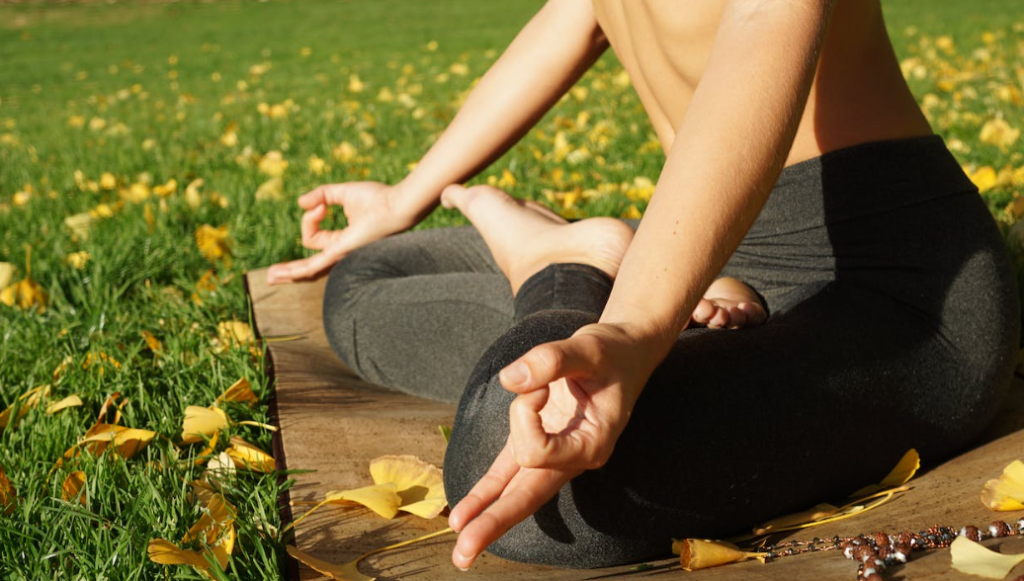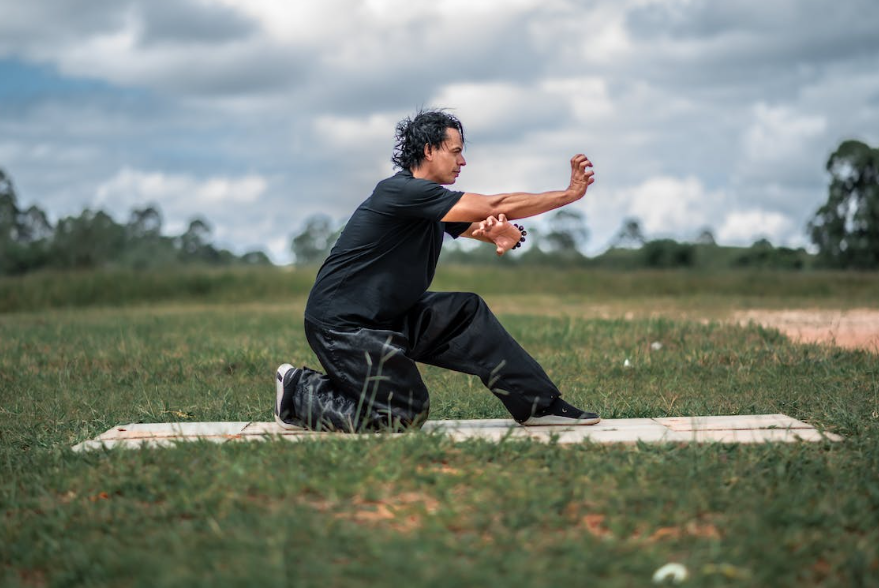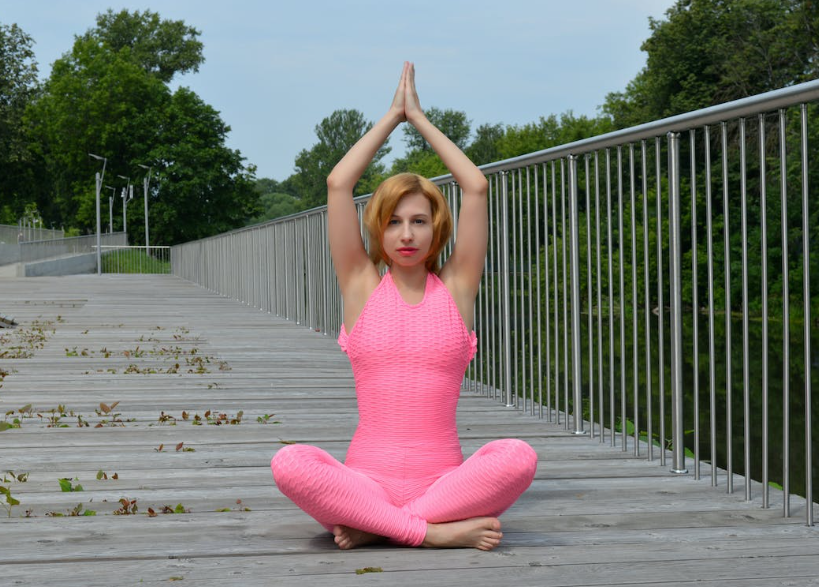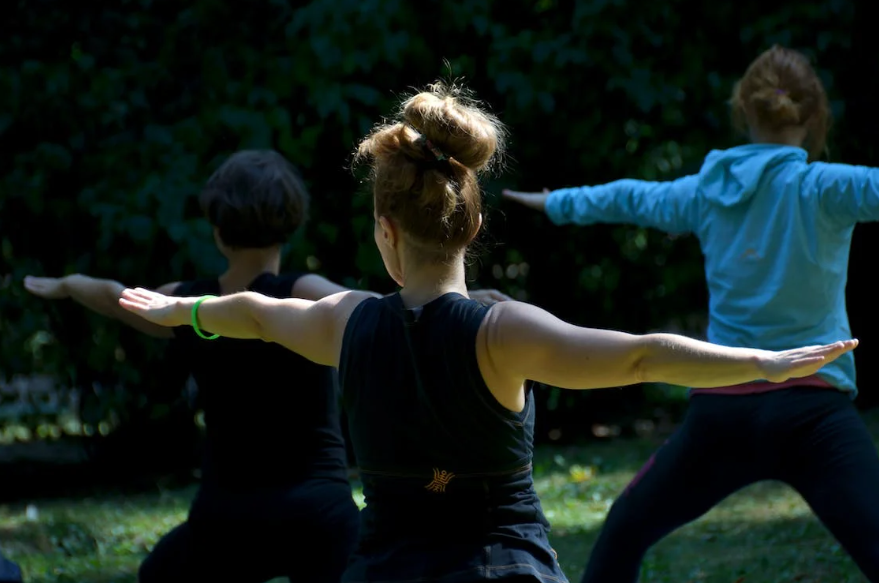Mindfulness Exercises
To find out where mindfulness, your body and your mind meet, we’ve put together a list of some mindfulness practices that you can try.

Selfpause Affirmation App
Download the app to get 1,000’s of affirmation meditations and everything you need to write, record and listen to your own.
The basic mindfulness exercise involves taking long, deep breaths to relax the nervous system and promote a sense of intimacy with the earth and the body. This technique is recommended for beginners and is suitable for children. It involves breathing in for four seconds and out for four seconds. The exercises can be repeated for as many times as needed.
Simple mindfulness exercises

Simple mindfulness exercises are an excellent way to boost your awareness of your own thoughts. Start by focusing on your breath. Next, move on to other body sensations. While you’re focusing on the sensations, resist the urge to label or judge the thoughts that arise. Eventually, you’ll be able to open your eyes naturally and move into a comfortable sitting position.
Another simple mindfulness exercise is to observe your five senses. Observing your five senses for five minutes at a time can help you relax and reduce stress. Try not to label what you’re observing, instead, try to connect to its energy and purpose. You’ll also notice that it increases your self-awareness, attention, and self-control.
A fun mindfulness activity for kids is to make mindfulness cards. These cards will help them focus on the sensations of their body. You can use cards from various sites or give your children blank cards to draw. Some websites even have printable cards. You can also use GoZen’s extensive collection of free mindfulness resources for kids. They have many different printable resources, books, and programs that can help your child learn the benefits of mindfulness.
Another useful mindfulness exercise is breathing. By controlling your breath and focusing on it, you’ll be able to focus on different parts of your body. Practicing this exercise can help you reduce stress and anxiety. It doesn’t take long to complete and can be done anywhere. It requires you to close your eyes and breathe slowly. Focus on how your breath feels throughout your body, and notice any unpleasant feelings or thoughts that pop up.
Practicing mindfulness can help you improve your general well-being by increasing your awareness and letting go of past expectations. Excessive thinking has a negative effect on your health and is a common cause of anxiety, depression, and stress. The benefits of practicing mindfulness exercises include improved physical health and improved relationships.
Guided meditations

Guided meditations are easy to listen to and can be a great way to relax. Many of them are downloadable and can be found online. Some are available for free, while others can be purchased for a small fee. Some are even offered on podcasts and can be downloaded to your mobile device. These programs are designed to help you develop a healthy mindset and clear negative energy.
Some guided meditations are designed to target specific goals. For example, some people use them to quit smoking or be happier. Others use them to cope with difficult situations, such as stress or anxiety. Guided meditations can be extremely beneficial for people who are looking to improve their physical and mental health.
These guided meditations often incorporate calming sounds and music. They encourage listeners to imagine a calm environment and allow the mind to relax. They may also help people to sleep better. There are even ones designed to help people deal with panic attacks. Regardless of your motivation, guided meditations can be a great way to start your day on the right foot.
When you’re meditating, try to sit in a comfortable position. A good place to do this is in your living room or on a balcony. If you don’t have time for a long meditation, try a five-minute guided meditation. As your skills and experience increase, you can gradually move up to a longer session.
Guided meditations are also useful for those who are new to meditation. A narrator or teacher guides you through various meditation techniques and applications. Using a guided meditation can help beginners focus better and stay in the present moment.
Walking meditation

Walking meditation involves paying attention to the sensations in your body and surrounding environment as you walk. You can start by paying attention to how your feet feel, the sounds around you, the temperature of the air, and the beginning and end of each step. Then you can move your awareness to different parts of your body. For example, when you’re walking, you might notice the sensations of your feet, legs, arms, and neck.
While walking, you should pause every so often to notice something in the environment, or write down a thought that occurs to you. Repeat this process for ten to twenty minutes, or longer if you wish. As you get used to this practice, you’ll notice that your mind tends to wander less. However, if it does wander, don’t get discouraged.
Walking meditation is an excellent way to improve your quality of life and reduce stress. Whether you live in a city or a rural area, you can take your meditation walks outdoors. Walking in nature can give you renewed energy and a greater sense of wellness. It also improves your sleep.
Walking meditation can be practiced anywhere, but it’s best to do it in a quiet, peaceful location. Choose a path that allows you to walk slowly, with your feet consciously placed on the ground. Be sure to choose a path long enough to allow you to walk a few minutes.
Walking meditation helps you become aware of your emotions and allow them to change. You’ll likely begin by feeling boredom, curiosity, or interest, but as your body relaxes, you may feel relief, joy, or happiness.
Activity meditation

Activity meditation is an important component of mindfulness exercises because it helps focus your attention during daily activities. For instance, one-minute mindful walking or jogging can be as meditative as a 10-minute meditation, since it involves slowing down and focusing on your body’s sensations.
This practice aims to reduce the symptoms of stress by bringing awareness to the present moment. It is based on mindful movement and can be performed while sitting or lying down. It involves bringing your attention to your breathing by focusing on the sensations of your body. As you focus on your breathing, you will be able to better focus on the present moment.
Practicing mindfulness can be challenging and you should start with a short period of meditation. When you feel your mind is wandering, gently bring it back to your body and breathe in and out. Trying to make time for long periods of mindfulness is not beneficial and may even make it harder to achieve the results you desire.
Another activity meditation is walking meditation. Walking meditation is a simple exercise that you can do anywhere – outdoors or indoors – while paying attention to your breath and body sensations. As you walk slowly in a rhythmic pace, focus on your breathing and your steps. When you feel your lungs expanding and your feet contracting, you are able to achieve a peaceful state of mind.
Practicing mindfulness in the classroom can help improve students’ self-confidence and self-regulation skills. This practice has been shown to decrease bullying, reduce stress levels, and even help children with special needs develop stronger SEL skills.
Grounding exercise

Grounding exercises are helpful for coping with distressing thoughts. A grounding exercise can be a simple strategy or a more formal activity. Whatever the technique is, the main aim is to reconnect the body and mind. Using a tool like a small stone can help you ground yourself and regain your focus.
In order to ground yourself, you should close your eyes and breathe slowly through your nose for 3 seconds. Then, release the air from your lungs and lips. As you breathe in and out, focus on feeling the sensations in your body. Try to make each breath as even as possible. This is an important part of the exercise.
A grounding exercise helps you stay focused and calm by redirecting your thoughts away from distressing feelings. The best time to start this exercise is when you begin to notice the earliest signs of distress. Prevention is always better than cure, so you can minimize your symptoms before they get out of control. Also, remember that symptoms do not define you.
Grounding exercises are useful for people suffering from trauma or anxiety. They can help you stop your mind from spiraling into a destructive state. During a panic attack or a traumatic flashback, grounding exercises help you stop the brain from reacting. It can also help you get through stressful situations by directing your attention away from thoughts and into the present moment. The best way to learn the grounding exercises is to practice them regularly.
One of the easiest grounding exercises you can do is to focus your attention on one or more of your senses. The five senses play a critical role in grounding, and they help you focus on the present moment. The exercise is quick and effective, especially when you are feeling stressed.
Our Top FAQ's
Mindfulness is a mental state achieved by focusing one’s awareness on the present moment, while calmly acknowledging and accepting one’s feelings, thoughts, and bodily sensations, used as a therapeutic technique. Practicing mindfulness can help with connecting with the body and mind by bringing attention to physical sensations and the present moment, rather than dwelling on the past or worrying about the future. This can lead to a greater sense of self-awareness and self-regulation, as well as reducing stress and increasing feelings of well-being.
Some common mindfulness exercises include:
- Body scan: This involves lying down or sitting comfortably and focusing on each part of the body, starting from the toes and working up to the head, noticing any physical sensations or emotions that arise.
- Breath awareness: This involves simply focusing on the sensation of breathing, noticing the rise and fall of the chest or belly, and letting go of any distracting thoughts that arise.
- Sensory awareness: This involves paying attention to the present moment through the five senses (sight, sound, touch, taste, and smell), noticing and describing what is happening in the environment without judgment.
- Loving-kindness meditation: This involves silently repeating phrases of goodwill and compassion towards oneself and others, such as “May I be happy, may I be healthy, may I be at ease.”
- Movement meditation: This involves engaging in a repetitive, mindful movement, such as walking, running, or yoga, and focusing on the sensations of the body as it moves.
The frequency of mindfulness exercises can vary depending on individual needs and preferences. Some people may benefit from practicing mindfulness exercises daily, while others may find it helpful to practice a few times a week. It is generally recommended to start with shorter periods of mindfulness practice (e.g. 5-10 minutes) and gradually increase the duration as one becomes more comfortable with the practice.
Some potential challenges that someone might encounter when practicing mindfulness exercises include difficulty with concentration, restlessness or discomfort, and negative or intrusive thoughts. It is important to remember that these are normal experiences and to approach mindfulness practice with patience and self-compassion. It can also be helpful to find a quiet, comfortable space to practice and to seek guidance from a trained mindfulness instructor or therapist if needed.
Mindfulness exercises can be modified or adapted for individuals with disabilities or special needs. For example, individuals who are unable to sit or lie down can practice mindful breathing or sensory awareness while standing or using a wheelchair. Individuals with visual impairments can practice using auditory cues or touch, and individuals with hearing impairments can practice using visual cues or touch. It is important to be creative and adapt the practice to meet the needs and abilities of the individual.
